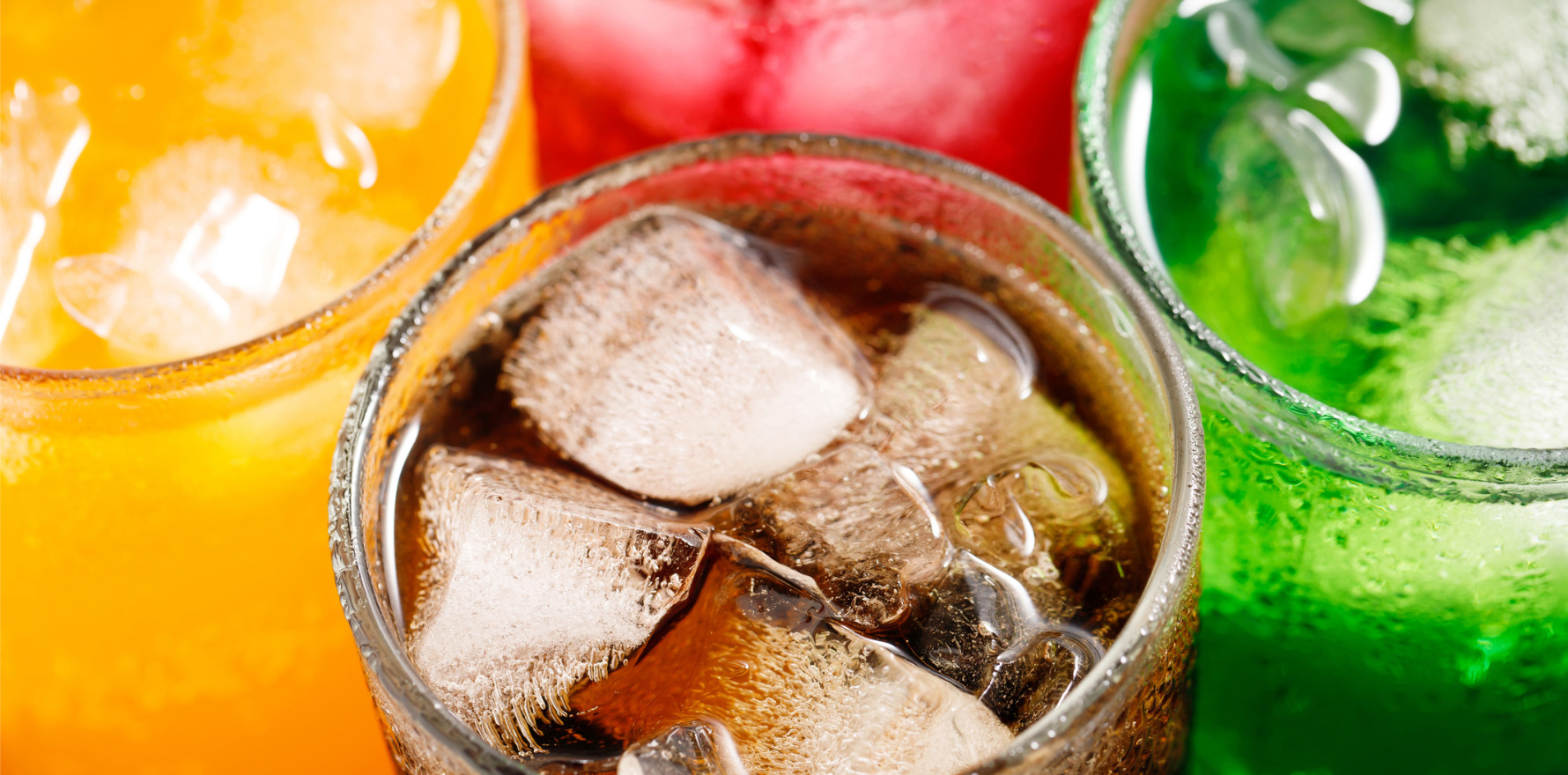A major Australian study upends assumptions about ‘healthier’ beverage choices.
Just one can of artificially sweetened soft drink a day could raise the risk of type 2 diabetes by 38%.
The risk is even higher than for those who consume sugar-sweetened beverages, such as regular soft drinks, where the risk was found to be 23%.
The association for diet drinks remained strong even after adjusting for body weight, suggesting a direct effect on metabolism.
That’s the finding from a large Australian study that tracked more than 36,000 adults for nearly 14 years.
“We found both sugar-sweetened and artificially sweetened beverage intakes are associated with increased risk of type 2 diabetes in an Australian population. Sensitivity analysis to rule out reverse causality also confirmed the findings,” the authors wrote in Diabetes & Metabolism.
“The findings of this study highlight the need for a firm policy intended to curb the adverse health effects of sugar and artificially sweetened beverages in Australia.”
The research was led by Monash University and RMIT University Distinguished Professor Barbora de Courten, Associate Professor Allison Hodge, from the Cancer Council Victoria, and Monash PhD student Robel Hussen Kabthymer.
Professor de Courten said the findings challenge the common assumption that artificially sweetened beverages are a safer choice.
“Artificial sweeteners are often recommended to people at risk of diabetes as a healthier alternative, but our results suggest they may pose their own health risks,” she said.
While the link between sugary drinks and diabetes could largely be explained by obesity, the connection between artificially sweetened drinks and type 2 diabetes remained strong even after adjusting for body weight, suggesting a potentially direct effect on metabolism.
Professor de Courten said the findings had important implications for public health policy.
“We support measures like sugary drink taxes, but our study shows we also need to pay attention to artificially sweetened options,” she said.
“These are often marketed as better for you; yet may carry their own risks. Future policies should take a broader approach to reducing intake of all non-nutritive beverages.”
The study analysed data from the long-running Melbourne Collaborative Cohort Study, also known as Health 2020, involving participants aged 40–69 years, and adjusted for diet, exercise, education and health history.
For sugar-sweetened beverages, the pathway was well understood – excess sugar intake added calories, promoted weight gain, increased insulin resistance, and raised diabetes risk, the researchers said.
However, for artificially sweetened beverages the mechanisms were less clear, they suggested.
“It is suggested that reverse causality between obesity and ASB intake may partly explain the observed association, where individuals with relatively high BMI at baseline might be using ASB to try to reduce weight and follow a healthy lifestyle,” the researchers wrote.
“Our results, showing the attenuation of the association of ASB with type 2 diabetes after adjustment for body size measures, were consistent with supportive of obesity being a confounder of the association.
“It should be noted that biological fates of commercially available artificial sweeteners are quite different, with some poorly absorbed and excreted in the faeces (e.g. sucralose), some well absorbed and excreted in the urine (e.g. acesulfame potassium), and some rapidly metabolized (aspartame).
“Accordingly, they may interact with distinct metabolic tissues to influence glucose metabolism. For example, high intake of aspartame, a commonly used artificial sweetener, resulted in a similar postprandial insulin response as sucrose [44]. High habitual intake of saccharin and sucralose were reported to disrupt gut microbiome to impair glucose tolerance in healthy subjects over only two weeks.”
The researchers said further studies should investigate both the causal effects and the underlying mechanisms of sweetened beverage intake on the risk of chronic health outcomes including type 2 diabetes.


